Following our Hokkaido Landscape Photography Tour for 2016, this week we conclude our three part travelogue series to walk you through this minimalist photographer’s dream tour, illustrated with a total of 36 images.
Today we pick up the trail at the end of day seven, as we head back into the city of Wakkanai after photographing the Boat Graveyard that we saw at the end of the last episode, and we stopped briefly to photograph some avalanche prevention gates affixed to the side of a hill. This was just a quick, stop the bus, all jump off, shoot, then jump back on the bus again, kind of shoot, but I quite like the resulting image (below).
To photograph this I used my 100-400mm lens, hand-held, for a 1/400 of a second exposure. I increased my ISO to 400 to give me a faster shutter speed, but I ended up zooming out to 148mm, meaning I could have gone slower, but like I said, it was a quick jump off then back on the bus photograph. I was careful to not crop off the gates as much as possible, but there were actually two gates on the left edge that were just creeping in, so I cloned them out. I had seen these when I shot the image, so I allow myself to do that.
My rule with cloning stuff out is that I’m allowed to do it if I saw what I am cloning out when I made the image. If I didn’t see it, it stays, and I have to decide whether I should scrap the image, or live with it. This is a little bit heavy handed, for sure, but this is how I’ve trained myself to fully scan the frame when shooting. It stops me from being sloppy with my composition.
After lunch, we headed to one of the main fishing ports in Wakkanai, and were treated with a beautifully heavy and textured sky, as you can see in this image (below). This is one of those shots where the color was hard to throw out, as there was some late afternoon color in the sky, but Hokkaido in the most part to me is about the structure of a scene rather than the color, and a black and white conversion really brings out the detail in the sky, and the fishing boats give us a lovely base for the photo.
I was also happy that I could frame this in such a way that there were relatively clear gaps either side of the boats, and I moved left and right to find the perfect spot to include the lighthouse on the far left, and not include another boat that was just out of frame on the far right. This was a 1/5 of a second exposure at f/11, ISO 100, and a focal length of 28mm.
I love shooting lines of boats, as you might have noticed, but I really like it when there is one boat sitting alone, with relatively wide spaces either side, like the one in this photo (right).
This is just to the right of the line of boats in the last image, and I kind of wish that the raised object and boat mast was not there in the bottom left, but I don’t dislike that enough to clone it out.
I really love this perspective with boats though. It’s not a huge boat, but they feel powerful and daunting when framed up like this. I was also really happy that the darker clouds were all framing the boat, with lighter but still heavily textured sky above it.
This is totally natural. All of the changes I made in Silver Efex during the black and white conversion where applied to the entire image.
There is a little bit of a halo around the bottom edge of the boat either side, but that doesn’t worry me too much in this image. This was a 0.3 second exposure at f/11, ISO 100, at 28mm.
On the morning of day 8, we left Wakkanai, and headed for Soya Misaki, the cape at the northern-most tip of Japan, where on a clear day, you can actually see Russia to the north. We stop at a couple of ports on the way around the cape, and this next image is my favorite from the first stop (below). Those are probably fox footprints leading into the scene, through the beautiful soft, textured snow.
I tried two compositions here. This one, and a second with the footprints leading in from the bottom right corner. At the time of shooting this, I felt that the bottom right corner composition was better, but when I studied them on the computer, I decided to go with this image, because it felt more like I was being lead into the scene by the footprints. When the prints came in from the right corner, it felt more like I was being told a story about someone else walking into the scene, rather than me being in the story, in the first person.
Other than that decision, the image pretty much composed itself. There was a black wall that started to show on the left above the boat if I went any wider, and I wanted to leave a little bit of space to the right to give the boats and footprints room to breath. The black sky was amazing, but I didn’t want it to rule image. Also, there was a crane doing some maintenance in the port just to our left, and the shadow was hitting that back wall from time to time, so I had to wait until that shadow dropped behind the front of the middle boat. Lots of stuff to think about, but it came together pretty well I think. This was a 1/200 of a second exposure at f/14, ISO 100 at 70mm.
Next up is a line of boats that I’ve been photographing here since my reconnaissance trip for this tour in 2011, except this year there was an extra boat on the right end of the line (below). I shot this at 16mm with my 11-24mm lens, so a 16-35mm lens would have done the job as well.
I used a strip of ND 4.0 rated triacetyl cellulose filter in the gelatin filter holder on the back of the lens, as this lens has a large round front element, and so I can’t use my regular screw-in filters with it, and I hate those huge filter systems that I see people struggling with on my tours.
See episode 465 to see what I’m talking about, but the ND 4.0 filter is the equivalent of an ND10000, and gives me 13.3 stops of darkness, for a 210 second exposure, which is three and a half minutes, at f/11, ISO 100. That of course is why the clouds have streaked out the way the do here.
We continued on, down to the small town of Ohmu, where we were to spent the next two nights. There’s a lovely port at Ohmu with some very nicely positioned tetrapods, that we can see in this image (below). Unfortunately, the weather that makes Hokkaido so appealing for winter photography had started to close in on us. As we got off the bus to photograph this scene, I asked the group to shoot it as if it was our last visit, because we may end up stuck in the hotel for a few days.
Well, it turns out that this is exactly what happened. The storm came in on the end of day eight, and although we got up and went down to the harbor at dawn the next day to take a look, the beach on which we stood to make this photo was basically underwater. The sea was so rough that I got a face full of salt spray as soon as I got off the bus on the road above the port to see if we could shoot, and salt water is not good for gear, and we also would not have been able to keep it off our lenses long enough to get a photograph, so we went back to the hotel for breakfast.
We had planned to do half a day of workshop sessions at this location anyway, so we extended that to a full day and we kept our eye on the news of roads across Hokkaido being closed as the day progressed. The following day we were due to leave Ohmu for our next location, but despite waiting until 4pm for news of the roads opening, they didn’t, so we ended up doing some more workshop sessions and then stayed a third night at the same hotel.
The following morning, which was now day eleven, the roads were still closed, but with cabin fever starting to set in, we went down to the port, and although the sea was still very rough, and coming way up the beach, the wind had dropped considerably, so there was no longer any sea spray. Game on! We planned to shoot for 30 minutes before breakfast, but were ended up doing 45 minutes, as no one could stop shooting, including me. During this time, I made this photograph (below).
The tetrapods in the middle of the right side of the image are the ones from the previous image, so you can see how much higher the sea was coming up the beach. I was basically timing my shots so that I caught the waves drawing back out, leaving these lovely streaks in the image. At this point, I was using a 1 second exposure at f/16, ISO 100, at a focal length of 18mm.
For me, the lines created by the water and the foreground tetrapods grab my attention and lead my eye into the frame, where I find the lighthouse and then go further along to see the waves crashing against the wave break in the top left quadrant. I then come back around, down the line of tetrapods to the left then back into the scene and around to explore the detail in the right side.
Having finally dragged ourselves away we returned to the hotel for breakfast, and to the news that the roads were now cleared of snow and opened at 7am, so we could check out and make our way to Lake Saroma, the last location of the tour. We’d lost a day or so from each of these last two locations, but this is always a risk when photographing in Hokkaido, and, we made up for it over the next day and a half, as you’ll see.
Our first port of call mid-morning (pun intended) was a port on Lake Saroma, where they have line after line of fishing boats that have been brought up on shore for the winter. Here’s one of these lines, in this next photo (below). To the right, you can actually see that there’s another line directly behind these, and perhaps also make out another line starting in the distance on the far left.
This is an 80 second exposure at f/14, ISO 100 at 59mm, shot with my 24-70mm lens. I was really just attracted to the shear number of boats here, and liked the repetition. The great thing about this port though, is that unlike many of the other ports, you can easily walk around the back of the boats for detail shots such as this next image (below).
Out of 92 images from this trip, my current final count, only six images were left in color. I generally think of the Hokkaido landscape in black and white, and I could probably convert these boat detail images too if I wanted to create a cohesive set, but at this point, I’m just processing each image for its own aesthetic value, and so I’ve left the color in for now. One of the things that caught my eye with these boats, is the way the snow has drifted from behind them looking almost like the wake in the water as they actually sail the seas.
After a few hours in the port, we went for lunch, then headed over to a place where there are some nice trees on the top of a hill, and some other nice stuff to play with. Here is a photo (below) of the stand of trees along with a line of other trees below them. This is a little bit busier than much of the minimalist work we do here, but I still kind of like the lines of fences and the play between the stand of trees on top of the hill and the line of trees below.
This was a 1/30 of a second exposure at f/14, ISO 100, and a focal length of 263mm. Again here, I was using my 100-400mm lens, although I could have gotten away with my 70-200mm and a 1.4X Extender. The other thing I like about this photo is that because it’s shot with the 50 megapixel 5Ds R camera, I can literally zoom in to various parts of the image to enjoy a number of different images with the one photo. It’s been around six months now since I started shooting with the 5Ds, and I can tell you, every time I use it I just continue to fall deeper and deeper in love with it.
I can’t take full credit for this image, as Jenn, a participant that we’ll hear from shortly, had just made a joke that she was “starting to get the hang of this minimalist stuff” although she used a different word beginning with “S” instead of stuff. As we laughed and I looked up, we noticed a fox walking along the line of the fence, so I couldn’t resist shooting this myself as well (below). It is of course different to Jenn’s shot, but I wouldn’t have even looked up there if it wasn’t for her comment.
This is the 100-400mm lens right out at 400mm, and I had my shutter speed at 1/25 of a second, so the fox isn’t totally sharp, but it has enough body to keep itself in the photograph. My other settings were f/14 at ISO 100, although you could probably have guessed this by now anyway. There’s something very stark yet strangely comforting about this photo to me. This fox lives in a very harsh environment, and yet with his warm coat, he’s happy enough just walking around in the drifting snow, doing his thing.
The following morning was our last chance to shoot before we had to drive to the airport to fly back to Tokyo, and I decided to take the group back to two locations, and give them an option of which to shoot. I went back to the main port on the Saroma Lake to work the lines of boats a little more with around a third of the group, and the rest of the group worked the area around a tree that we have shot in the past, but didn’t get to as a whole group this time because of the day we lost to bad weather. This is the last photo of this series, from the port (below).
I’m really attracted to the patterns formed in the drifting snow as the wind whistles between the fishing boats, so that’s really what this shot is all about. There wasn’t a lot of texture in the sky, so this is just a straight 1/80 of a second exposure, at f/14, ISO 100, at 50mm. The texture in the snow is lovely here, and I also quite like the shadows to the right side, from the other line of boats just out of frame. My last shot of the tour is those boats to the right with their stronger shadows due to the sun coming through the clouds a little bit stronger than I usually like, but when it gives us this texture in the snow at the right location, I can kind of live with that. 🙂
As usual, after our final shoot, I got out a digital recorder and went around the bus to record a message from each of the participants, which I’d like to play you now.
[GROUP MESSAGE AUDIO – If you were reading, you’ll have to listen to the audio with the player above to hear what each participant said about the tour.]
It was really nice to hear everyone’s voice again there. I had a great time on this tour with these wonderful folks, and would like to thank each of them once again for joining us. Thank you too for listening to what we got up to over these last three episodes. I hope you have enjoyed it.
Hokkaido Landscape Photography Adventure 2017
We are now taking bookings for the 2017 Hokkaido Winter Landscape Photography Adventure, from January 8 to the 20th, 2017, and the places are already starting to sell, so please don’t hang around too long if you’d like to join us.
Hokkaido is the northern-most island of Japan, and as you might have noticed, it is the minimalist winter landscape photographer’s dream. This will be our third year running this very special dedicated landscape tour in Hokkaido. For details and to book your place, please visit the tour page at https://mbp.ac/hlpa
Show Notes
For details of the 2017 Hokkaido Landscape Photograph Adventure visit the tour page here: https://mbp.ac/hlpa
Subscribe in iTunes for Enhanced Podcasts delivered automatically to your computer.
Download this Podcast in MP3 format (Audio Only).
Download this Podcast in Enhanced Podcast M4A format. This requires Apple iTunes or Quicktime to view/listen.

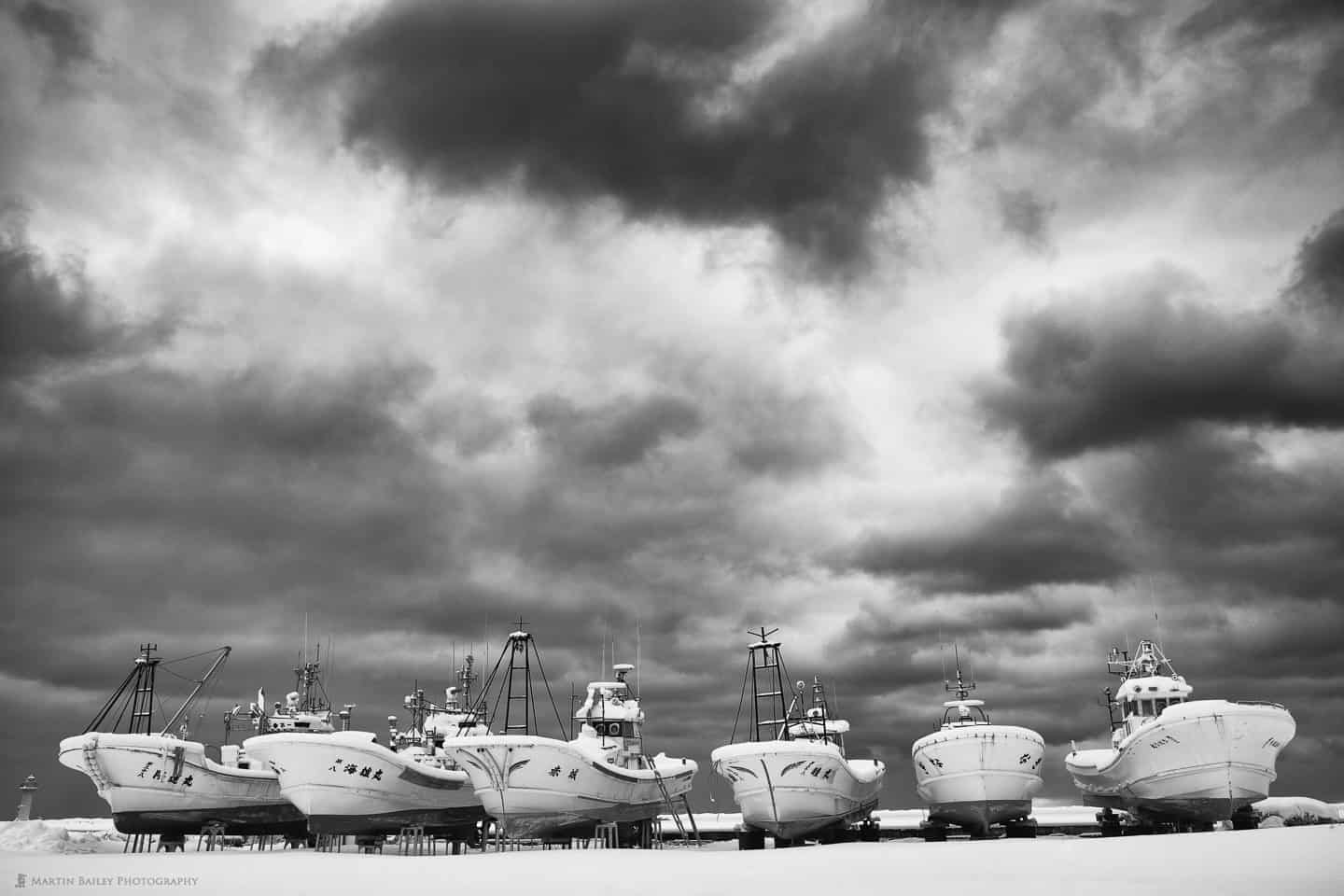
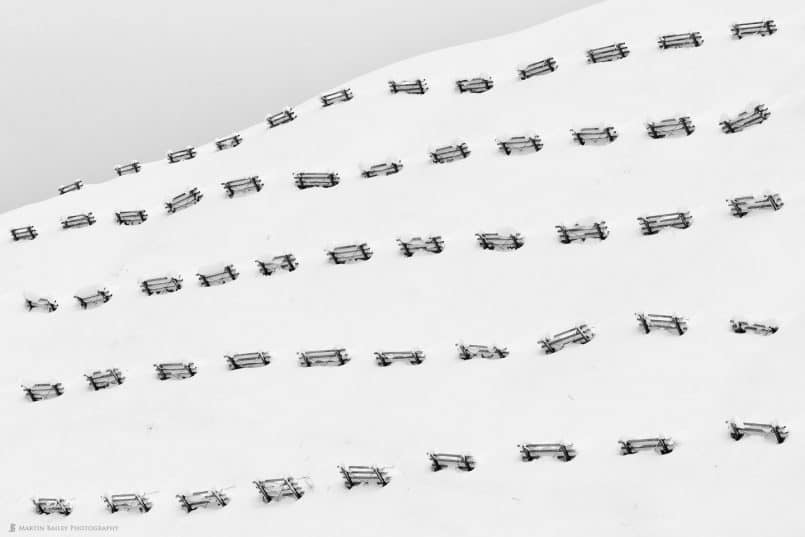

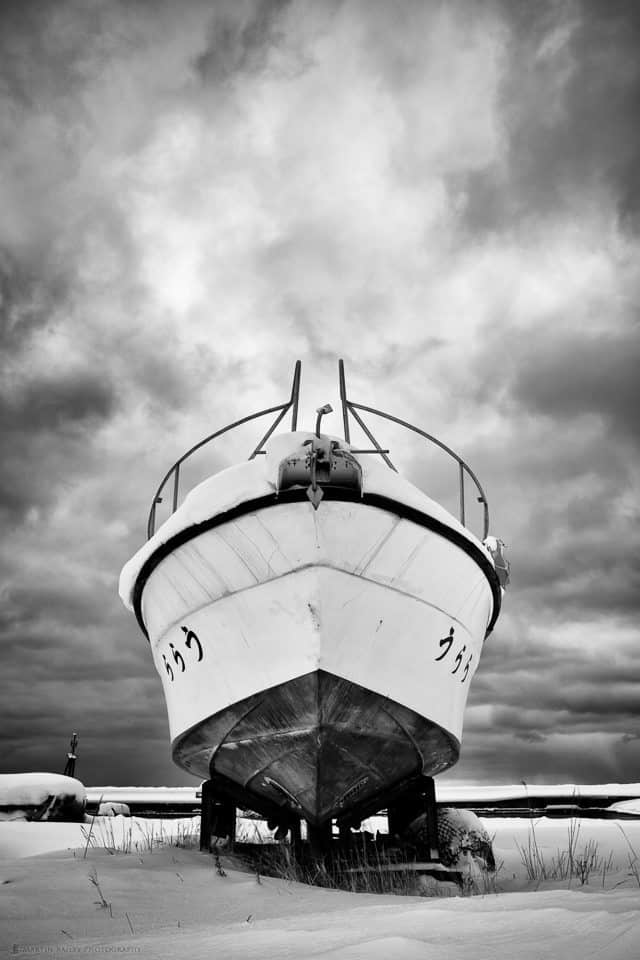
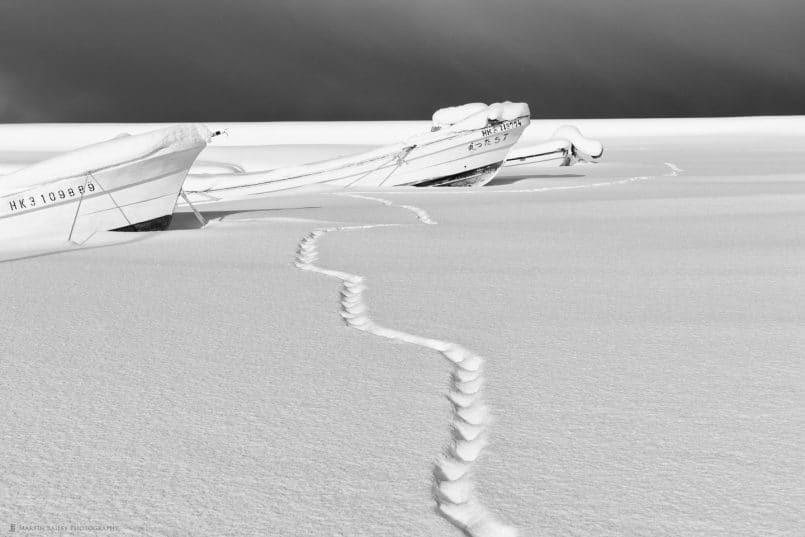
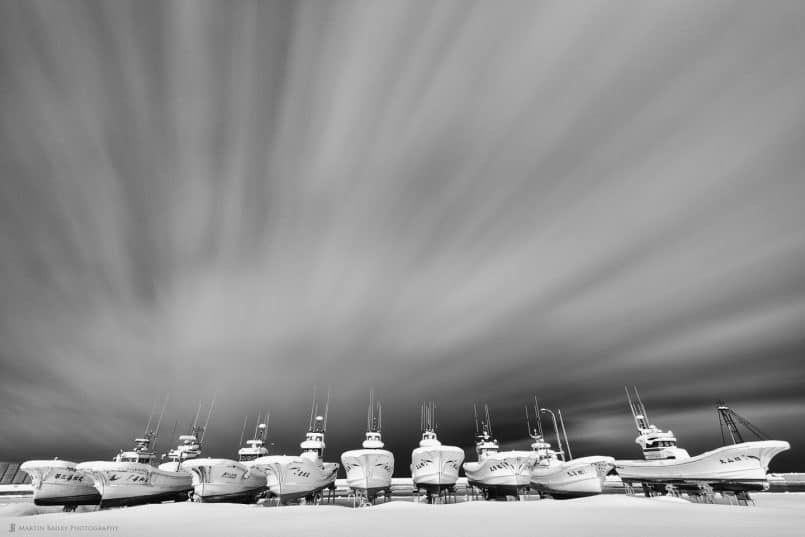
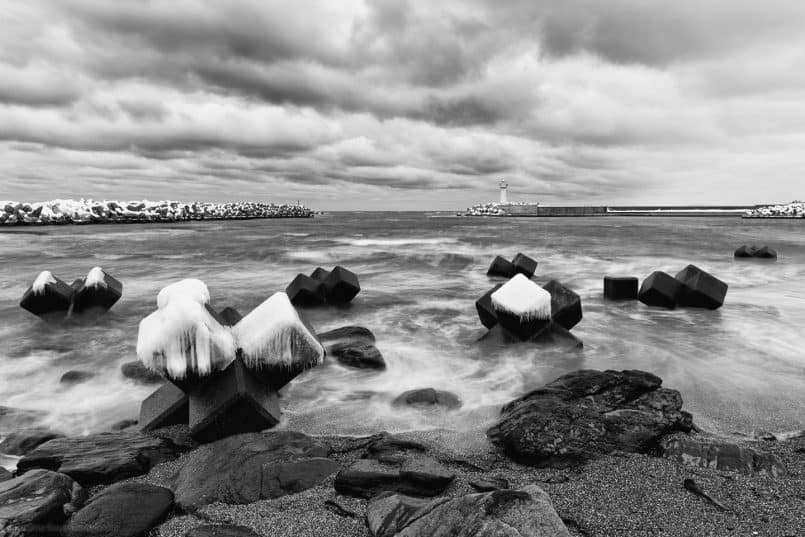
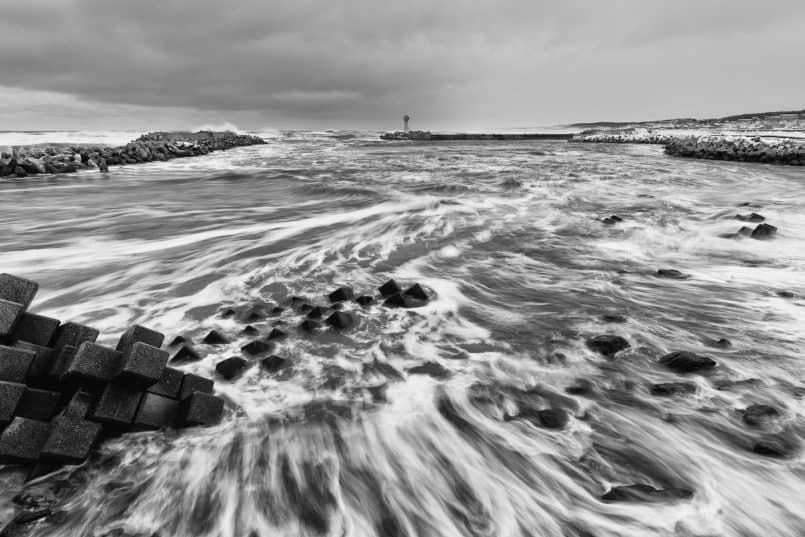
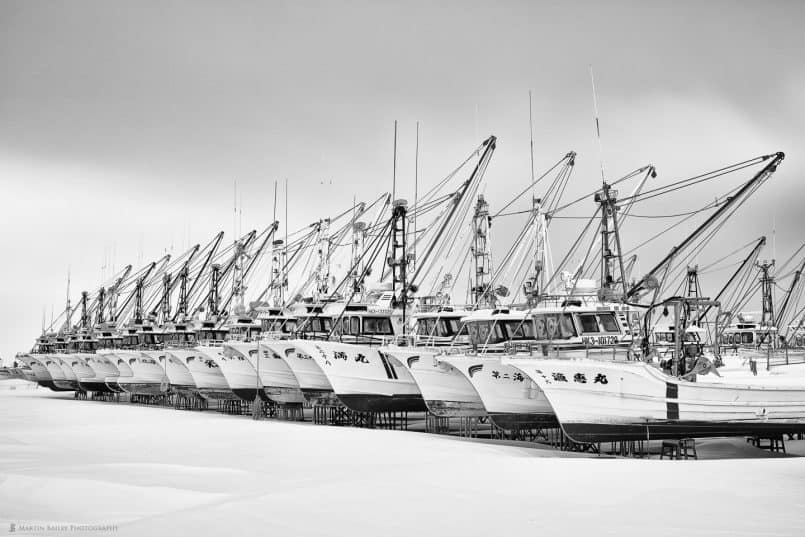
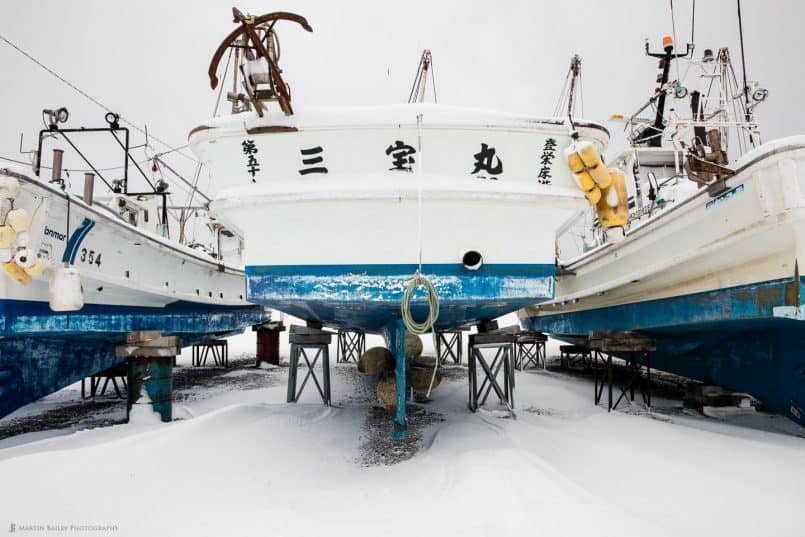
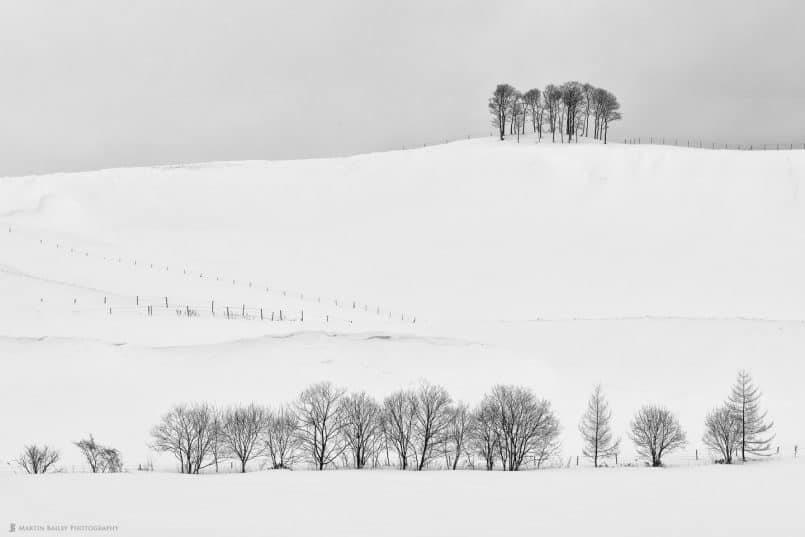
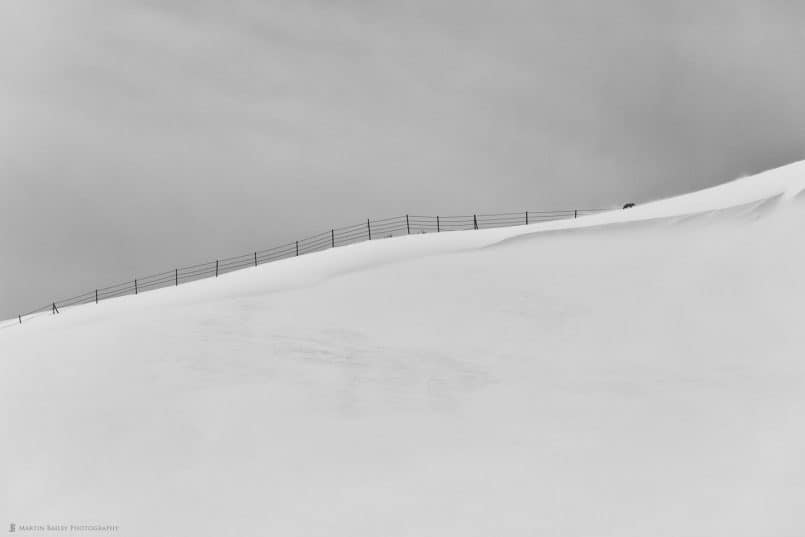
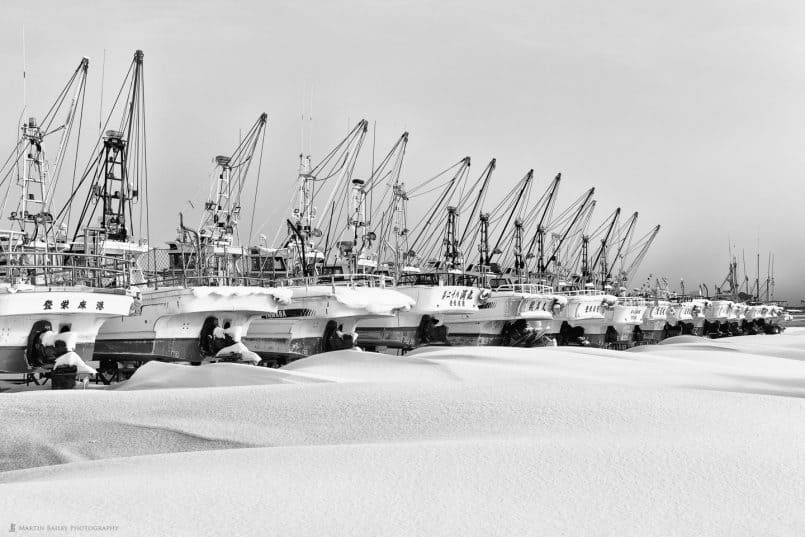
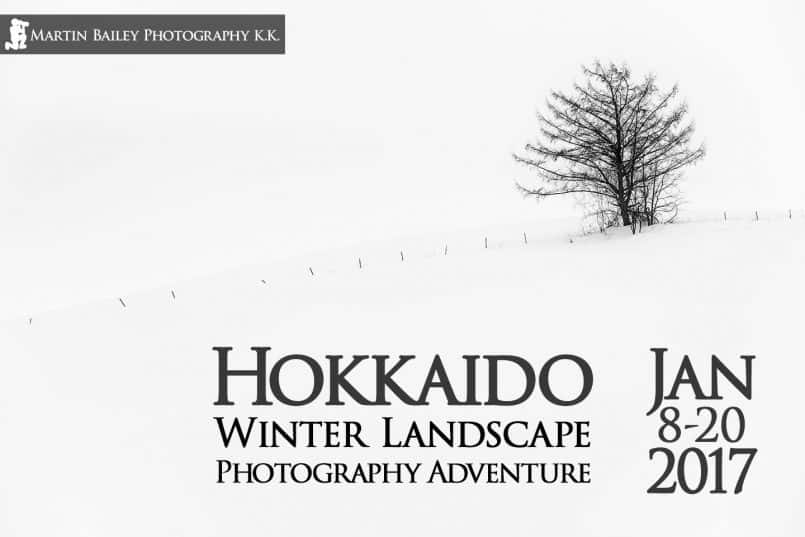

Hi Martin, I love your photography and hope to be able to take another workshop with you someday. I have two questions about your photos:
1. Were most taken with a tripod (except for the one or two where you specifically mention handholding)?
2. You said your final photo count was 92. I presume these were the 92 that were left after culling a larger number of photos? And if you did take more, about how many did you delete?
Thanks,
Karl
Hi Karl,
Thanks for the kind words, and I apologize for the late reply. I’ve been traveling on the first of my winter wildlife tours until Friday. To answer your questions…
“Finals” is the word I use for my final selects, so yes, this is the number of images I was left with after my selection process. I don’t actually delete my other images, unless they are technically flawed, like a bulb exposure that I stopped part-way or the camera going off in my hand etc. I shot a total of 1,455 images on this tour, the lowest count for the day at 57, and the highest at 321, but this was when I found a few pygmy woodpeckers and shot a little wildlife as well as my landscape work. On average I was shooting about 120 images per day.
All the best!
Martin.
Wonderful series of podcasts and images Martin!
Thanks very much Mark! I’m pleased you enjoyed these.